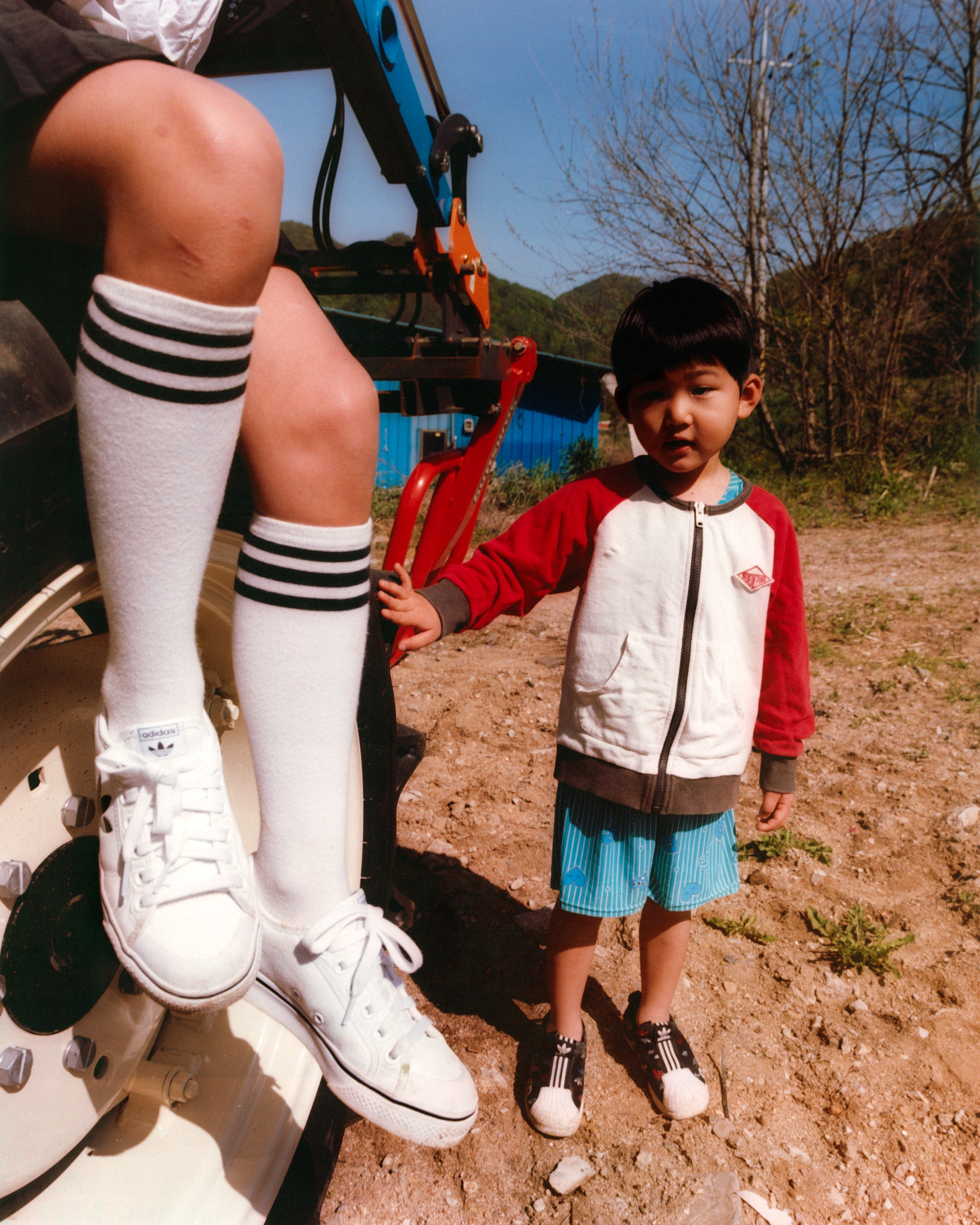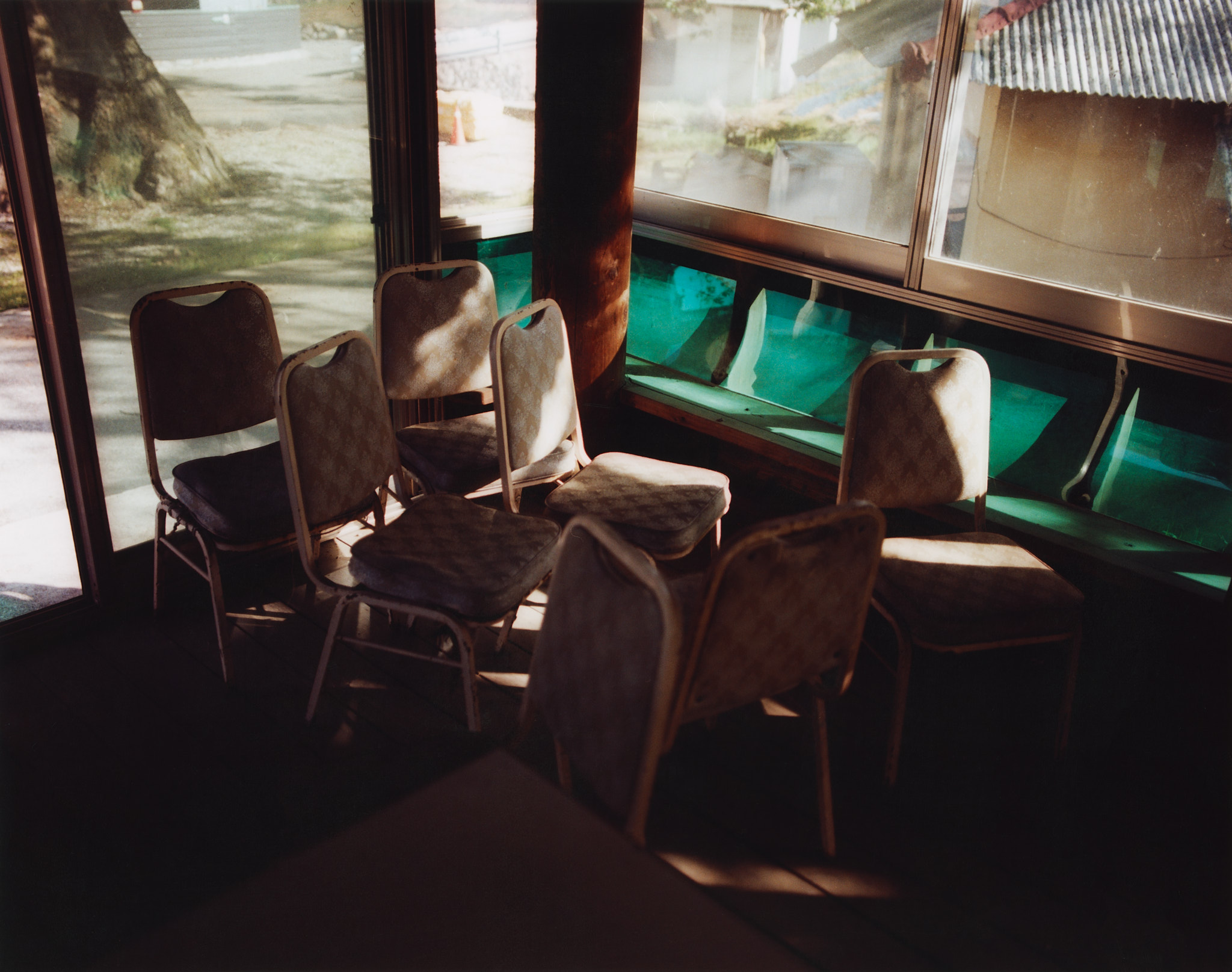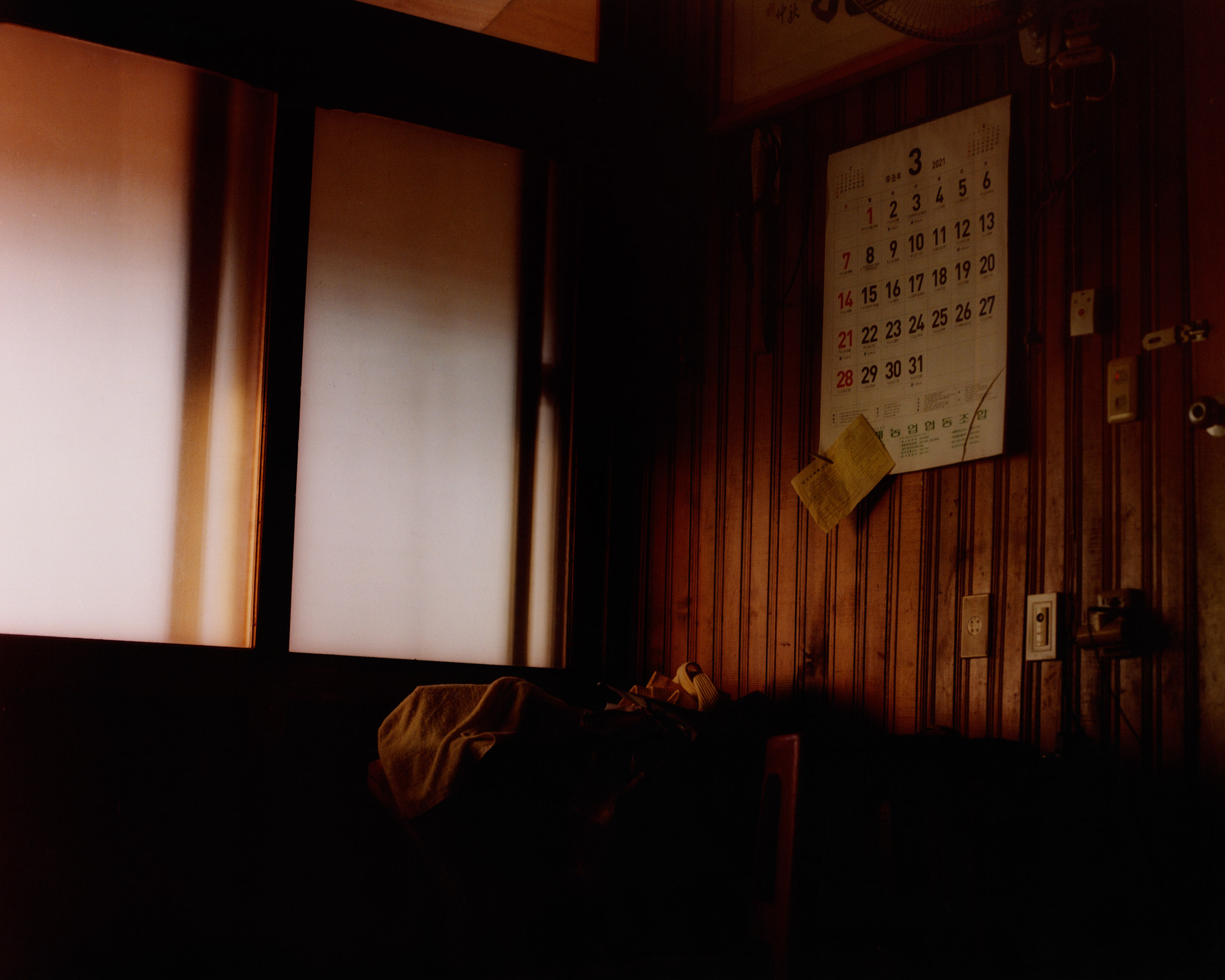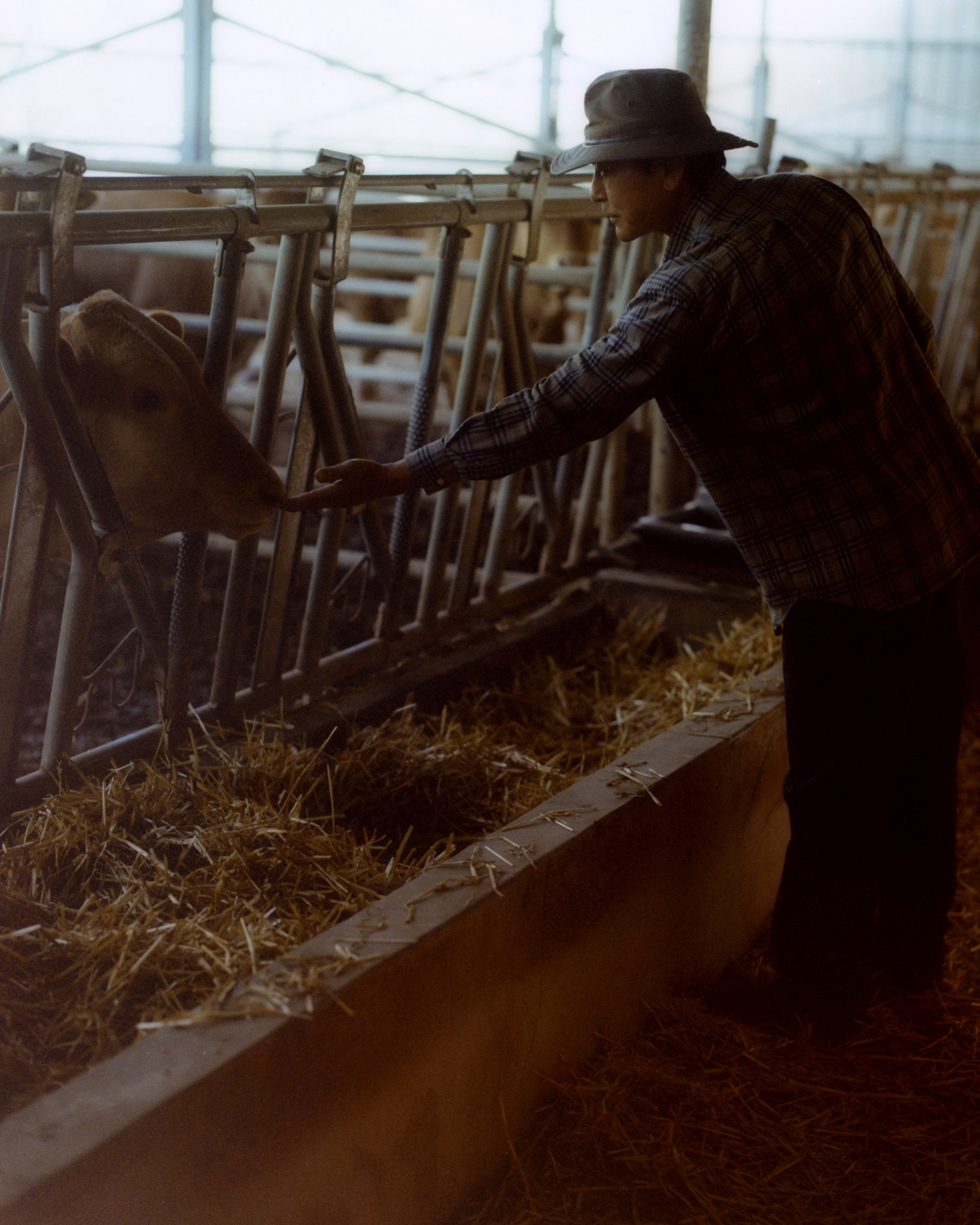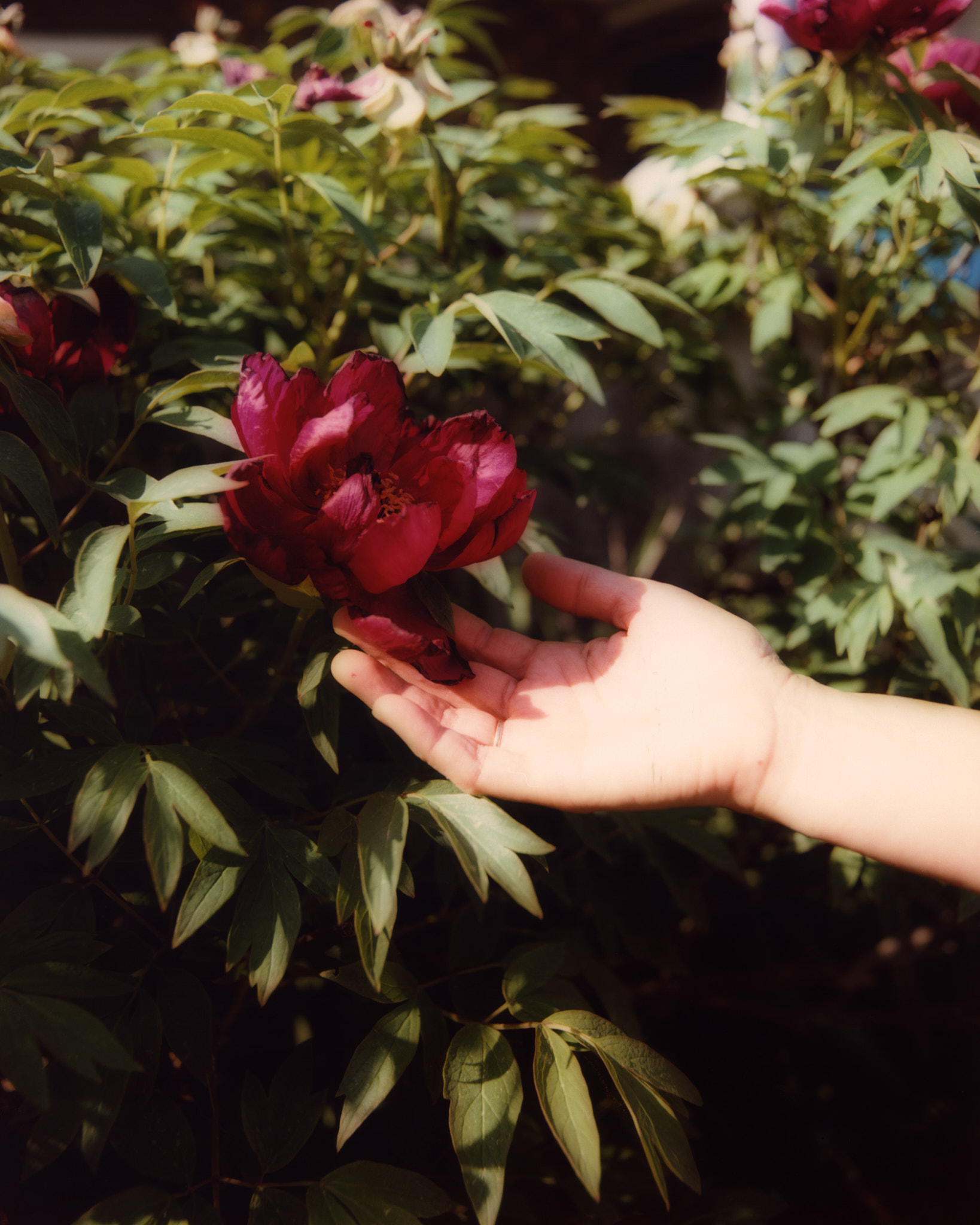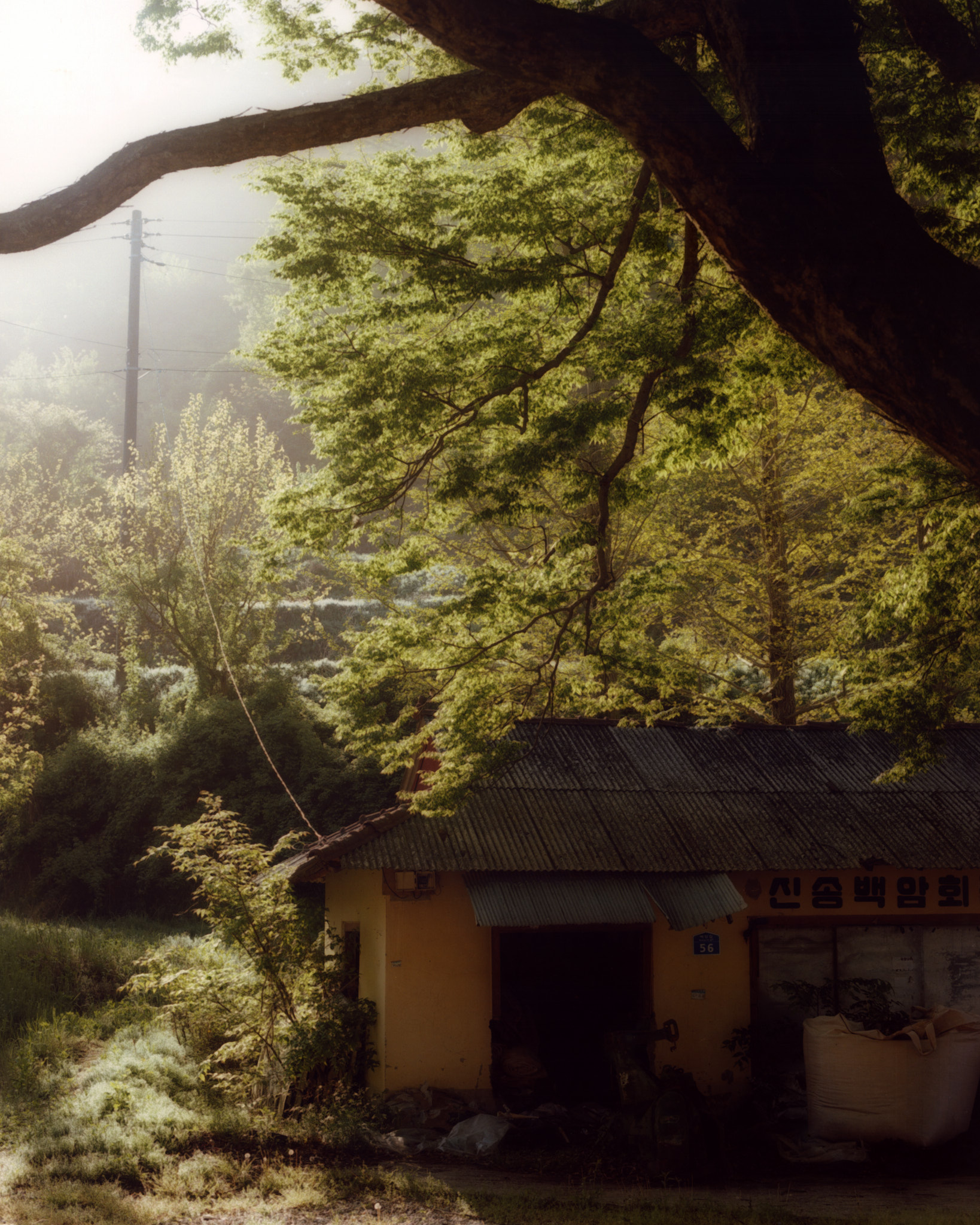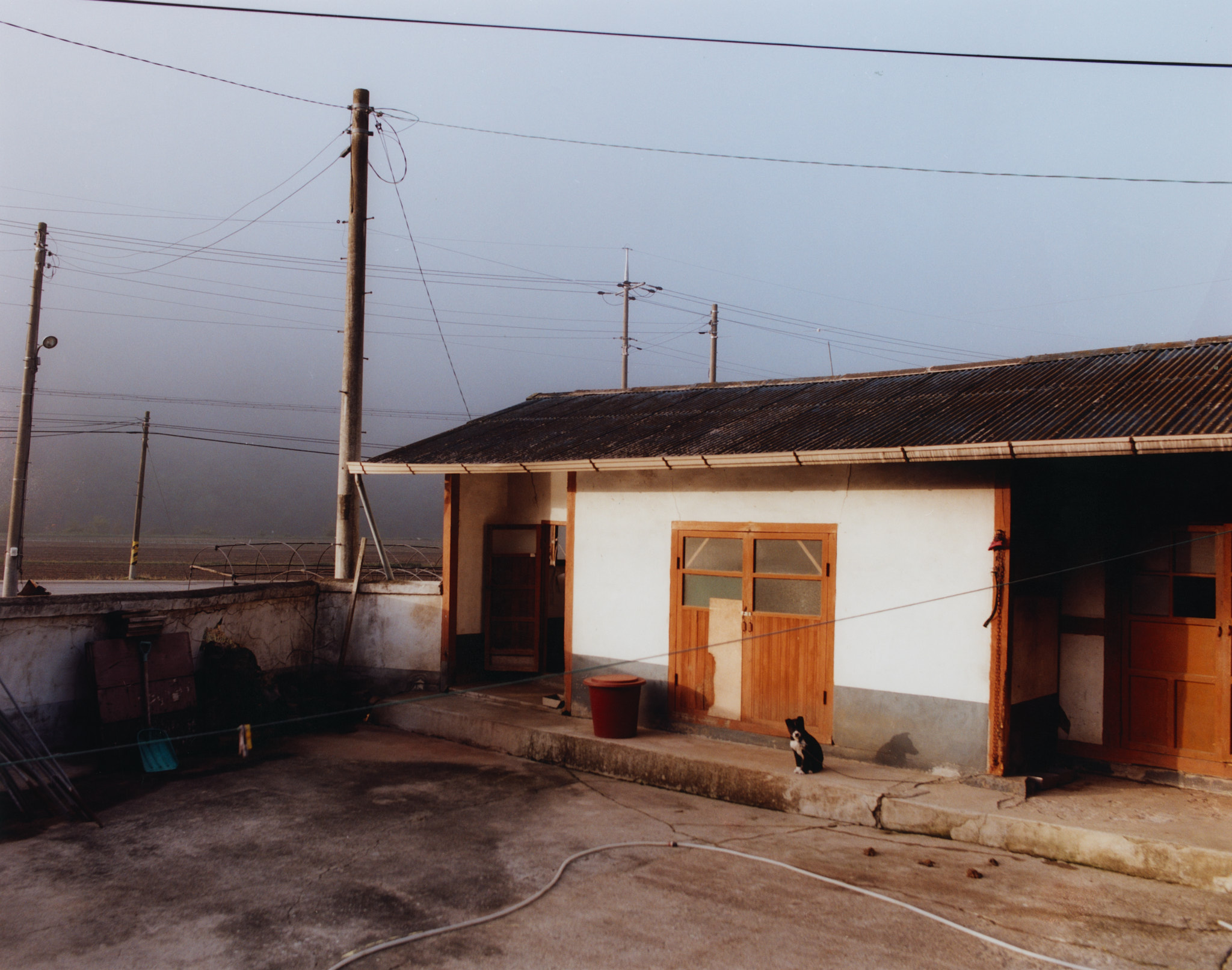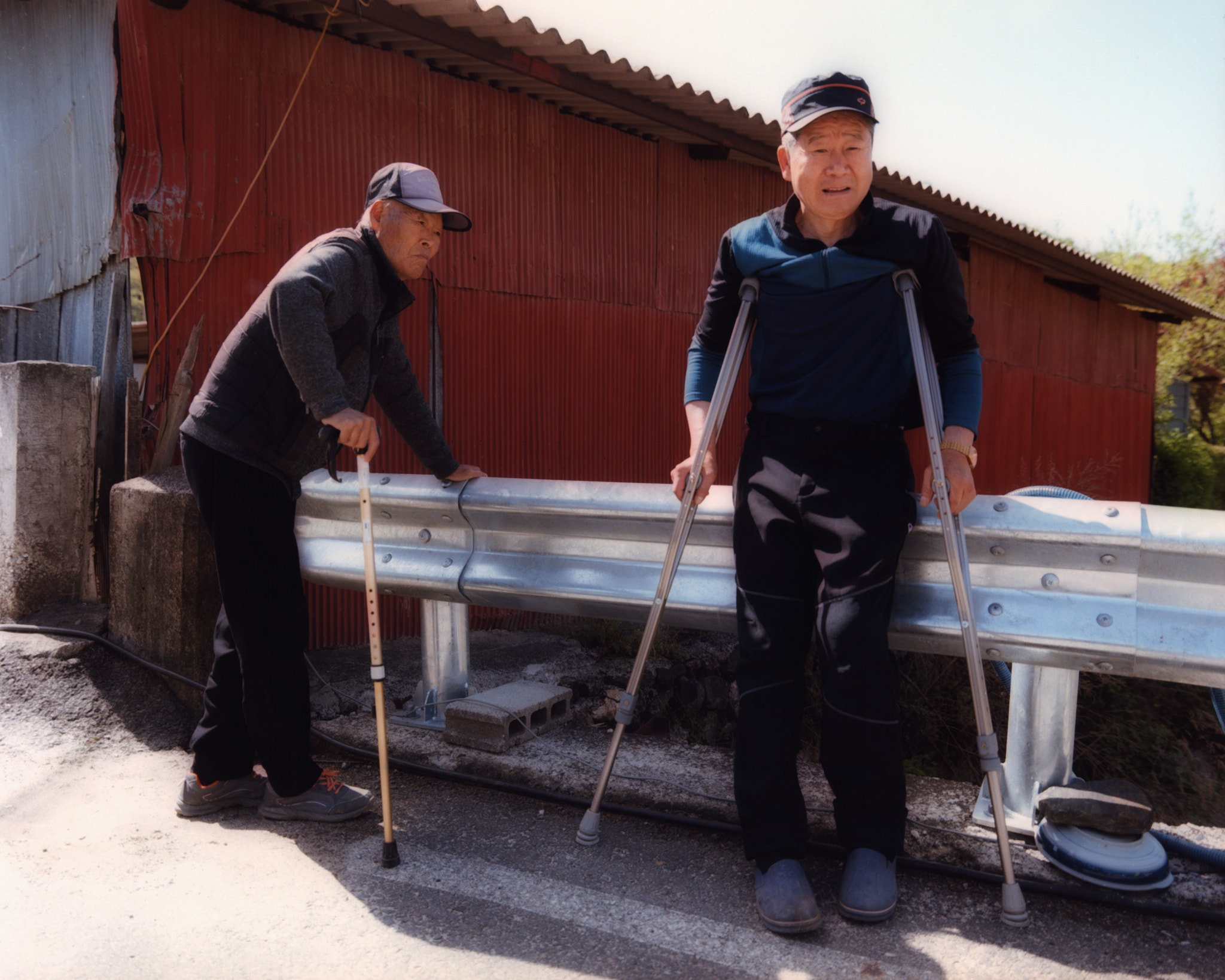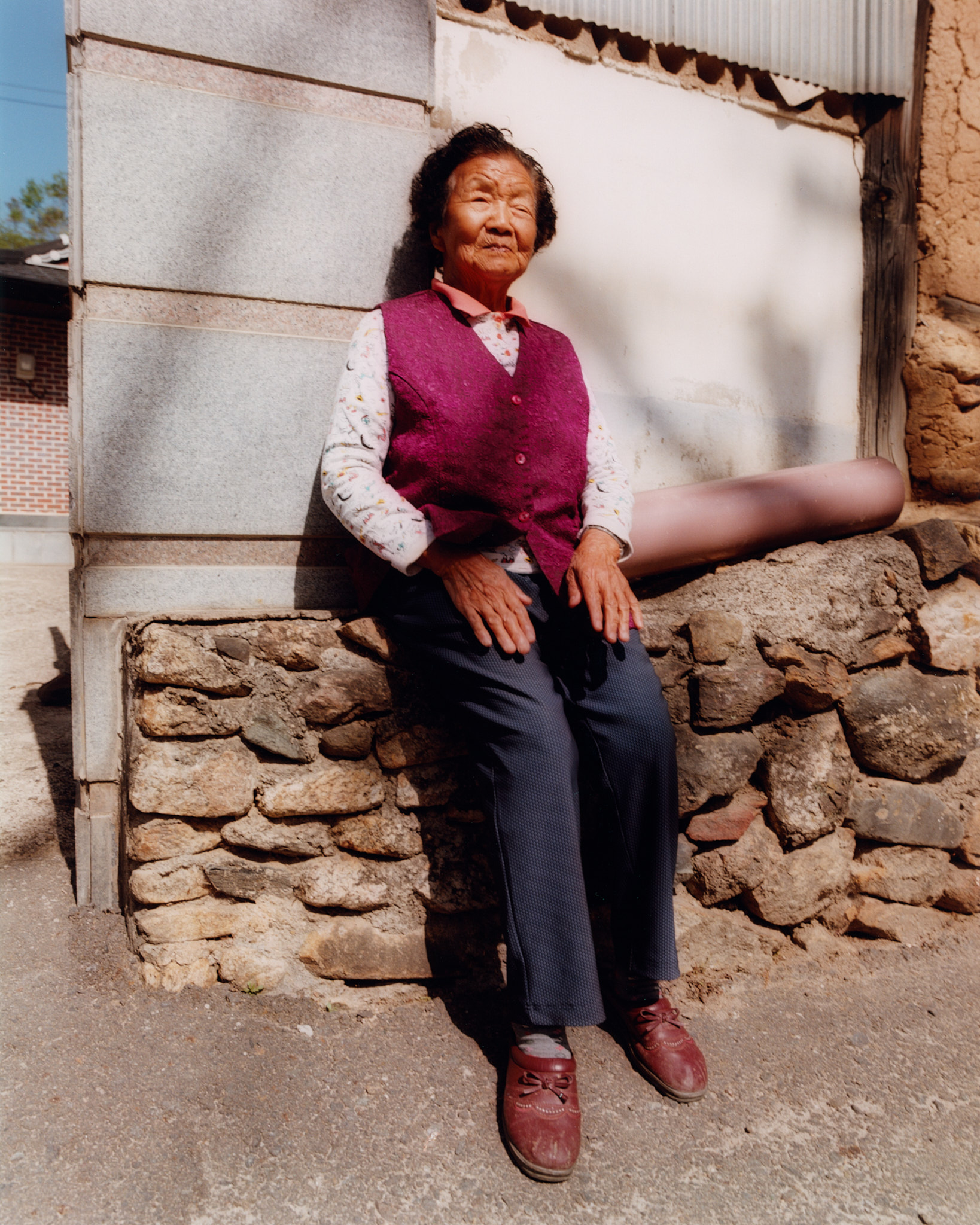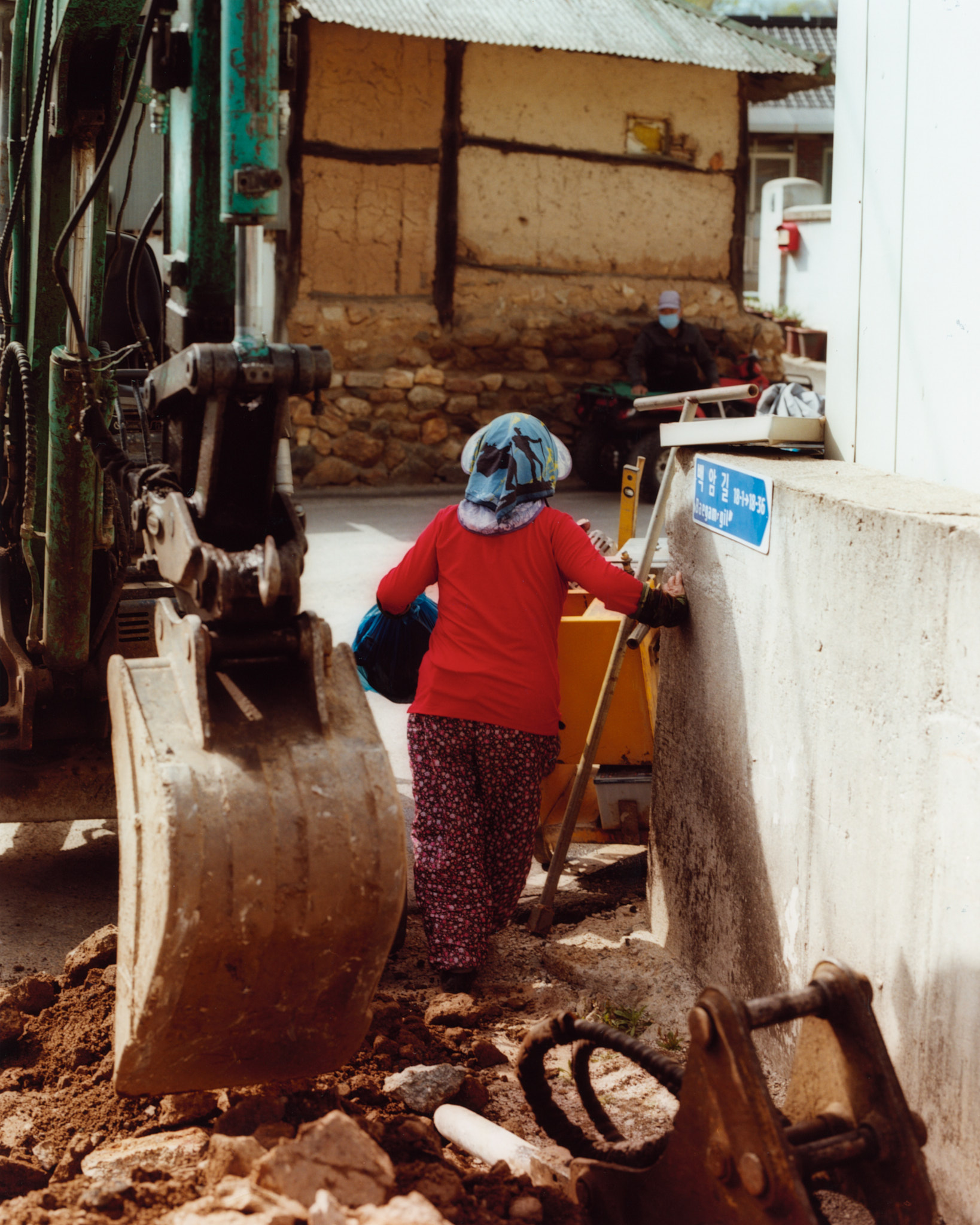
At the beginning of summer, Jisoo Kim and I went to visit her parents, spending a few days in the peaceful South Korean countryside in a place called Baekam Village, Jangsu (백암마을, 장수). They had moved there some years ago to escape the chaos of Seoul. Recently, this has become a growing trend, especially among young people, of moving back to rural areas. This shift is driven by factors like high rents, the rise of remote work, and the stress of urban jobs in Seoul. South Korea, with one of the world’s lowest fertility rates, has seen a decline in young people in the countryside over the years. This new movement, known as “Kwichon” in Korean, brings hope to rural areas.
During the summer of 2021, the Ministry of Agriculture, Food, and Rural Affairs reported that nearly 380,000 individuals relocated to rural areas, marking a 15% increase from 2015. Notably, almost half of these newcom- ers were under the age of 40.
After spending a few months in Seoul, Jisoo invited me to escape the city and visit her family’s village for a few days. During this getaway, we made the decision to capture what it is like, living surrounded by nature, with the hope of inspiring others to explore the beauty beyond Seoul in the more rustic regions of South Korea. The project offers a glimpse of serene mo- ments within this natural landscape, interwoven with joyous interactions with her family and the local residents. These encounters stirred up memo- ries of my own childhood in the Netherlands – of climbing trees, bouncing on the trampoline, and gazing upon endless green fields.
By embarking on this journey, we were gently reminded of the significance of immersing ourselves in the green embrace of nature. It underscored the calming effect of escaping the city’s choas and embracing the tranquility of rural living. In these moments, we discovered why ‘Kwichon’ is an increas- ingly appealing trend for people of all ages.
Published: Safelight Paper


